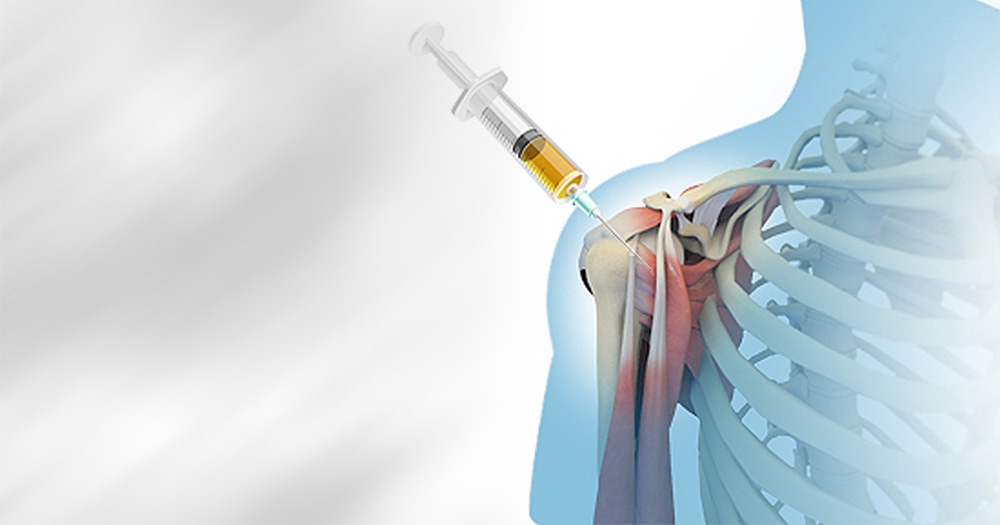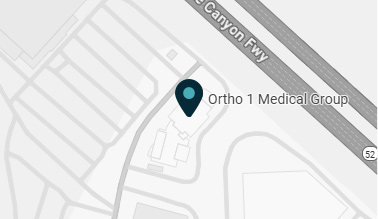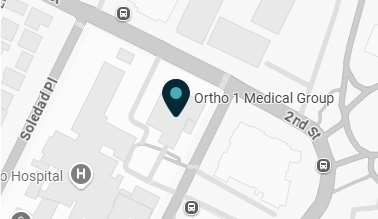Are you considering PRP injections for your arthritis? It’s a smart idea to explore therapies like platelet-rich plasma (PRP) injections, as they help manage arthritis pain and promote healing.
At Ortho 1 Medical Group, with offices in San Diego, Chula Vista, Coronado, and La Jolla, California, our board-certified providers have successfully used PRP injections to help patients with degenerative diseases improve their condition and heal more quickly after surgery.
Keep reading to learn more about this innovative treatment and what you can expect when you come into one of our San Diego-area offices for a PRP session.
Why consider PRP injections for arthritis?
PRP therapy harnesses the healing power in your own blood, using it to promote recovery in joints affected by arthritis. It's a natural, surgery-free method that focuses on healing and pain reduction.
It works using elements found naturally in your body. Your blood has different elements in it, including white cells, red cells, plasma, and platelets.
Platelets are key in clotting and also contain growth factors crucial for healing. When you have arthritis, joint tissues degenerate, causing pain and reduced mobility.
PRP's growth factors support tissue regeneration and create a healthy healing environment, making it a suitable treatment for arthritis-related tissue damage. Combining PRP with other therapies, like physical therapy and lifestyle changes, often yields the best results.
In PRP therapy, a concentration of your own platelets is injected into the arthritic area, accelerating your body's healing process and minimizing arthritis symptoms, like pain and inflammation.
What can I expect during a PRP session?
The PRP procedure starts with your Ortho 1 Medical Group provider drawing a small amount of your blood. We place the blood in a centrifuge to separate and concentrate the platelets. Then we take the resulting PRP solution, rich in healing factors, and inject it into your arthritic joint.
You can expect very little pain, and there are few side effects. PRP injections are known for their safety, as they use your own biological material, which minimizes the risk of adverse reactions.
What can I expect after a PRP session?
PRP injections are typically quick, lasting 30-90 minutes, with no downtime required. This means you can return to daily activities immediately, although some caution is advised for the treated joint. Your Ortho 1 Medical Group provider gives you detailed information.
As your body heals the inflammation and damaged tissues, you can expect an improvement in your arthritis symptoms. This includes swelling, stiffness, and chronic pain.
While negative reactions are rare, you might experience mild pain, swelling, or sensitivity at the injection site, as with any needle injection. At Ortho 1 Medical Group, we have the highest safety standards to help keep these risks to a minimum.
How do I know if PRP injections are right for my arthritis?
Every case of arthritis is unique, making it important to consult with a joint expert before deciding on treatment. Our team at Ortho 1 Medical Group thoroughly evaluates your condition to determine if PRP injections are the best course of treatment for you.
We understand that living with arthritis is challenging. Our dedicated providers are committed to providing personalized arthritis care tailored to your specific needs, so if PRP isn’t the best option, we’ll present alternative therapies and work with you to find an effective solution.
If you’re struggling with arthritis, learn how PRP injections could help you find relief. Schedule an appointment online or over the phone at the San Diego-area Ortho 1 Medical Group location nearest you.





















